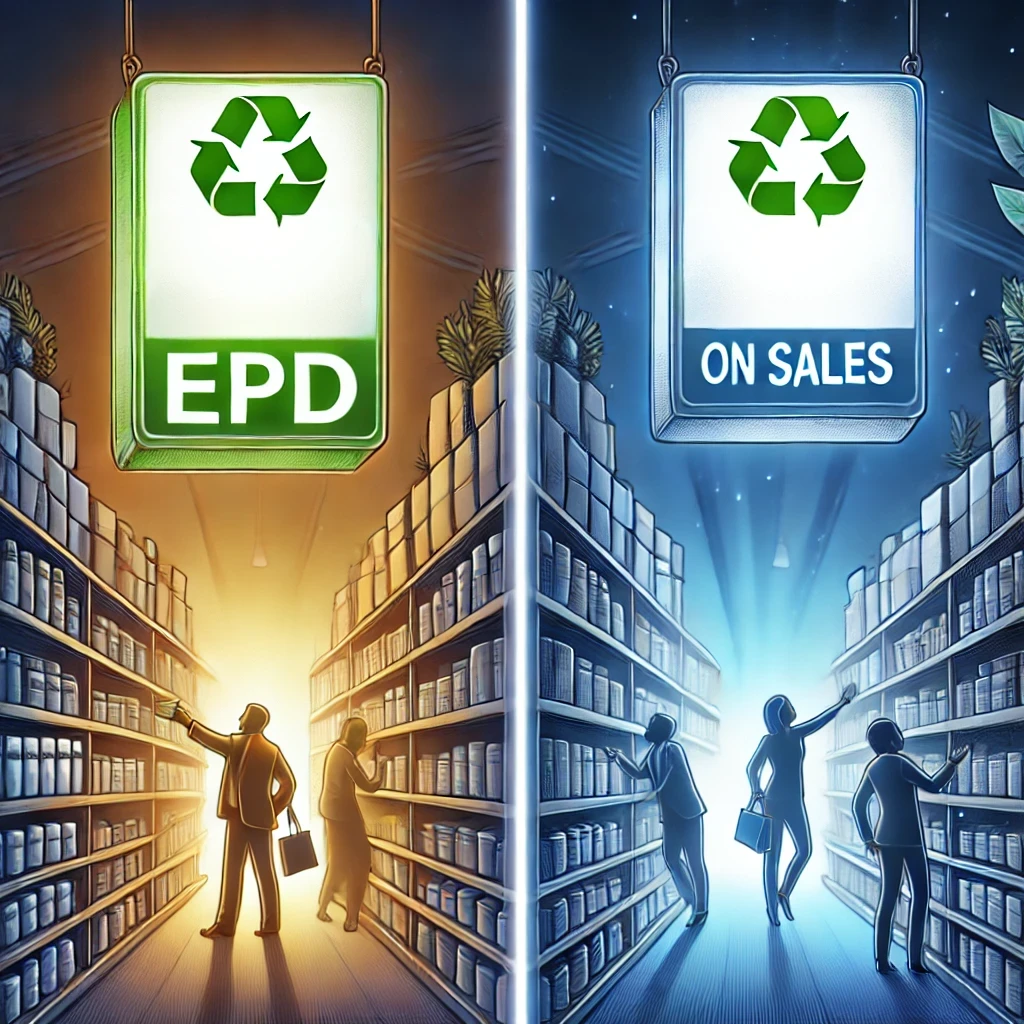In today’s business world, sustainability is no longer just a trend; it has become a competitive advantage. Consumers and businesses are increasingly prioritizing products and services focused on reducing environmental impact. In this context, Environmental Product Declarations (EPDs) are emerging as a powerful tool for companies to transparently demonstrate their sustainability commitments and positively influence their sales.
What are EPDs and Their Relationship with Sales?
An EPD is an international document, prepared in accordance with the ISO 14025 standard, that assesses the environmental impacts of a product throughout its life cycle (from raw material extraction to production, use, and disposal). From a sales perspective, the role of EPDs is based on enabling companies to gain customer trust and achieve a competitive edge by transparently revealing their environmental performance.
The Impacts of EPDs on Sales
- Increases Customer Trust: EPDs provide independent and verified information about the environmental impacts of products. This transparency increases the trust of consumers and businesses in the products, positively influencing their purchasing decisions.
- Provides a Competitive Advantage: Given the increasing demand for sustainable products, EPD-certified products offer a significant competitive advantage in the market. Companies that can transparently document their environmental performance compared to their competitors are preferred by environmentally conscious customers.
- Prioritizes in Green Tenders and Projects: Green building certification systems such as LEED, BREEAM, and Mostadam encourage the use of products with EPDs. In projects with these certifications, the preference for EPD-certified products may be mandatory or advantageous. This directly affects the sales of EPD-certified products.
- Strengthens Marketing and Brand Image: EPDs allow companies to effectively communicate their sustainability commitments. This strengthens brand image and creates a positive perception among environmentally conscious customers. EPDs can be used as a powerful communication tool in sustainability-focused marketing campaigns.
- Provides Access to New Markets: In some markets and sectors, especially in public tenders, EPDs are becoming a mandatory or strongly recommended requirement. Having an EPD facilitates access to these markets and creates new sales opportunities.
EPDs and Sales Strategies
More effective results can be achieved by integrating EPDs into sales strategies. For example:
- Using EPD Information on Product Labels and Marketing Materials: Environmental performance data from EPDs can be clearly stated on product labels, brochures, websites, and other marketing materials, helping consumers make informed choices.
- Sustainability-Focused Marketing Campaigns: EPDs can be at the center of marketing campaigns that emphasize companies’ sustainability commitments and appeal to environmentally conscious customers.
- Training Sales Teams on EPDs: Training sales teams on what EPDs are, their benefits, and how to use them enables them to provide accurate and effective information to customers.
Conclusion
EPDs can positively impact sales by enabling companies to transparently document their environmental performance and effectively use this information in sales and marketing strategies. In today’s business world, where sustainability is increasingly important, EPDs are an important tool for gaining a competitive advantage, increasing customer trust, and accessing new markets. In this way, EPDs contribute not only to reducing environmental impact but also to the growth and success of companies.

